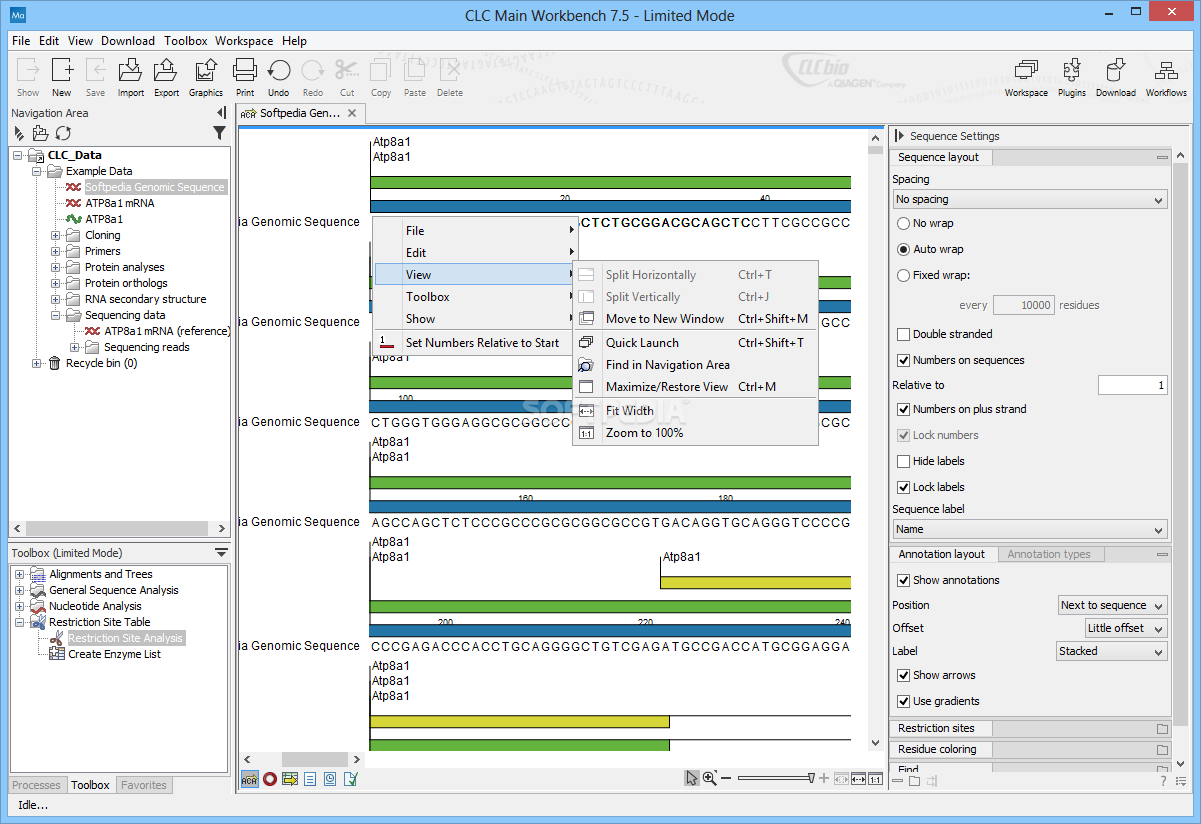
Yerba mate widespread consumption embraces and extends ubiquitously, pervasively reaching every economic and cultural niche in South America –. Besides the agricultural and economic importance of yerba mate, it is worth noting its profound and omnipresent influence in Latin American socio-cultural dynamics. About 15% of total yerba mate production is exported to South American, European and Asian markets. Argentina is the main producer with a total yield of over 880,000 t, representing ∼85% of world-wide yerba mate production.

Yerba mate is an economically important crop cultivated and produced on a total area of more than 326,000 ha. paraguariensis, leading to an increasing interest in this tree. Antioxidant, anti-inflammatory, antimutagenic and lipid-lowering properties have been reported in I. Yerba mate is also extensively used to prepare infusions, concoctions and quenchers with similar purposes and, more recently as admixture in ice creams, candies and energy drinks, as well as in dyes, cosmetics and spa ingredients. This evergreen holly is colloquially known as “yerba mate” or “erva mate” as it is mainly consumed as a nutritional and stimulant beverage named “mate”, a type of hot infusion made from dried milled leaves and twigs of I. Ilex paraguariensis (Aquifoliaceae) is a dioecious crop tree native to the subtropical rainforest of Northeastern Argentina, Southwestern Brazil and Eastern Paraguay, where it is widely cultivated.
CLC MAIN WORKBENCH TUTORIAL ALIGMENT TO REFERENCE ARCHIVE
The raw sequencing data with quality scores have been deposited in the NCBI Short Read Archive database under accession number SRP043293.įunding: The authors have no support or funding to report.Ĭompeting interests: The authors have declared that no competing interests exist. This is an open-access article distributed under the terms of the Creative Commons Attribution License, which permits unrestricted use, distribution, and reproduction in any medium, provided the original author and source are credited.ĭata Availability: The authors confirm that all data underlying the findings are fully available without restriction. Received: JAccepted: AugPublished: October 16, 2014Ĭopyright: © 2014 Debat et al. PLoS ONE 9(10):Įditor: Jin-Song Zhang, Institute of Genetics and Developmental Biology, Chinese Academy of Sciences, China St.-Hil.) by NGS and De Novo Transcriptome Assembly. (2014) Exploring the Genes of Yerba Mate ( Ilex paraguariensis A. This contribution broadly expands the limited knowledge of yerba mate genes, and is presented as the first genomic resource of this important crop.Ĭitation: Debat HJ, Grabiele M, Aguilera PM, Bubillo RE, Otegui MB, Ducasse DA, et al. Moreover, we provide a collection of over 10,800 SSR accessible to the scientific community interested in yerba mate genetic improvement. The putative sequence and predicted structure of the caffeine synthase of yerba mate is presented. We present here the first draft of the transcribed genomes of the yerba mate chloroplast and mitochondrion. We predicted a diverse supply of putative microRNA precursors involved in developmental processes.

We have also pinpointed several members of the gene silencing pathway, and characterized the silencing effector Argonaute1. We have also identified, based in sequence homology searches, novel transcripts related to osmotic, drought, salinity and cold stress, senescence and early flowering. Overall, we have identified ∼1,000 putative transcription factors, genes involved in heat and oxidative stress, pathogen response, as well as disease resistance and hormone response. We identified and categorized members of more than 100 metabolic pathways.

Multiple sequence analysis allowed us to predict that yerba mate contains ∼32,355 genes and 12,551 gene variants or isoforms. High quality reads were de novo assembled into 44,907 transcripts encompassing 40 million bases with an estimated coverage of 180X. paraguariensis was sequenced by Illumina HiSeq-2000 obtaining 72,031,388 pair-end 100 bp sequences. In this scenario, in order to elucidate the yerba mate gene landscape by means of NGS, we explored and discovered a vast collection of I. The NCBI GenBank lacks an EST database of yerba mate and depicts only 80 DNA sequences, mostly uncharacterized. Yerba mate presents a strong limitation regarding sequence information. St.-Hil.) is an important subtropical tree crop cultivated on 326,000 ha in Argentina, Brazil and Paraguay, with a total yield production of more than 1,000,000 t.


 0 kommentar(er)
0 kommentar(er)
